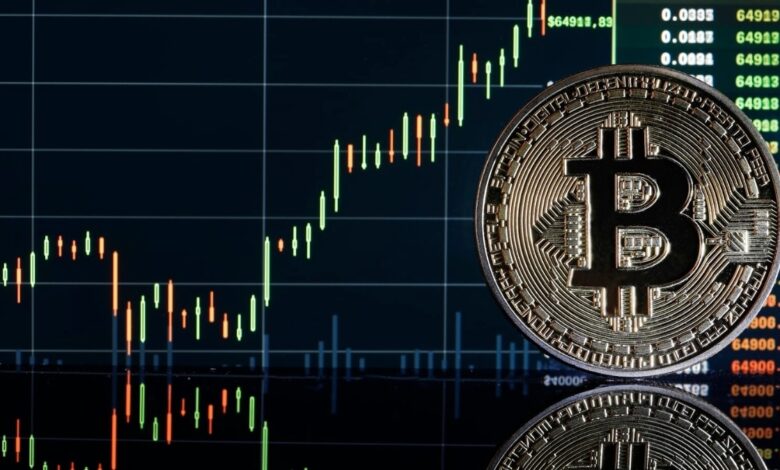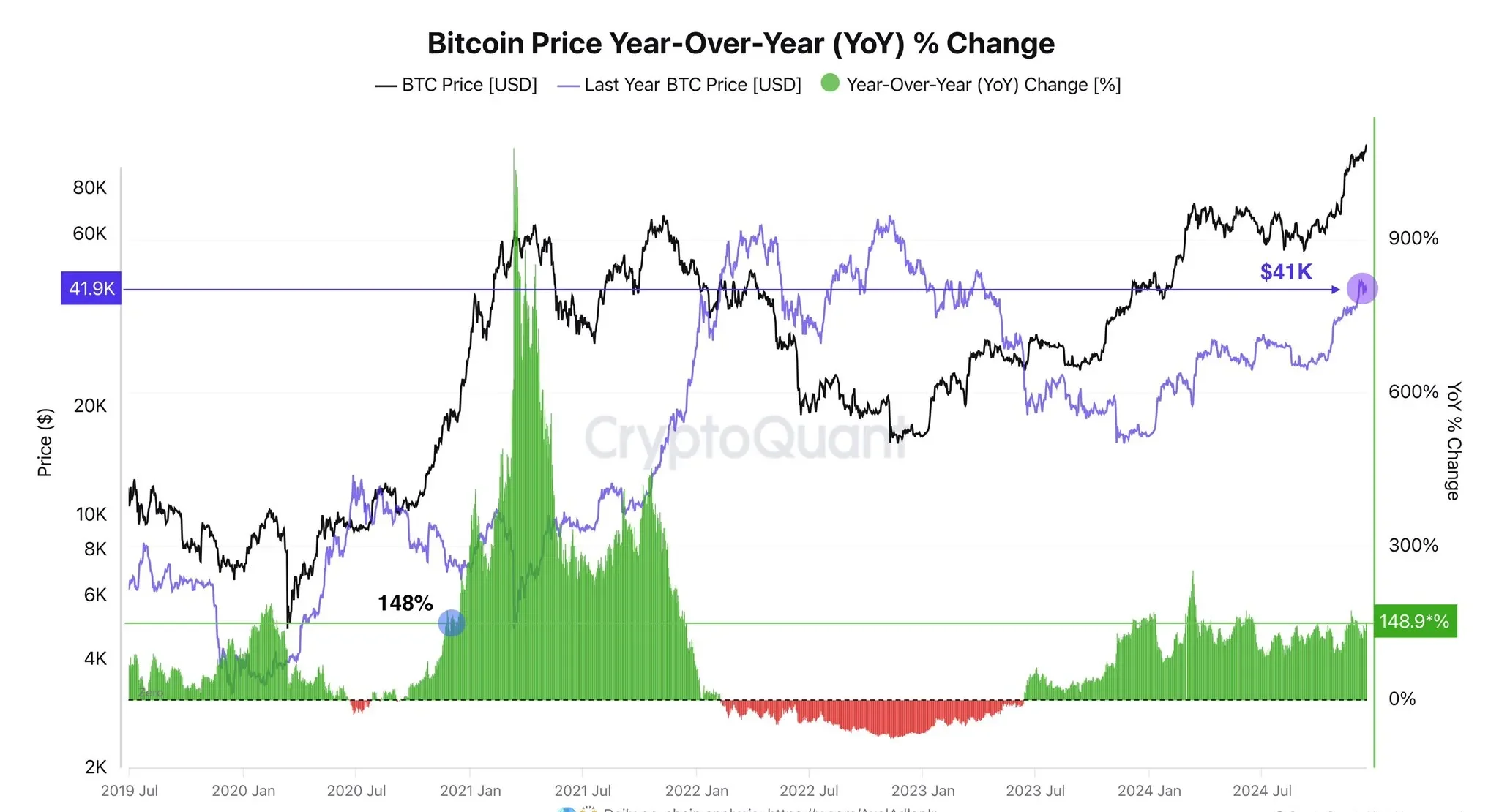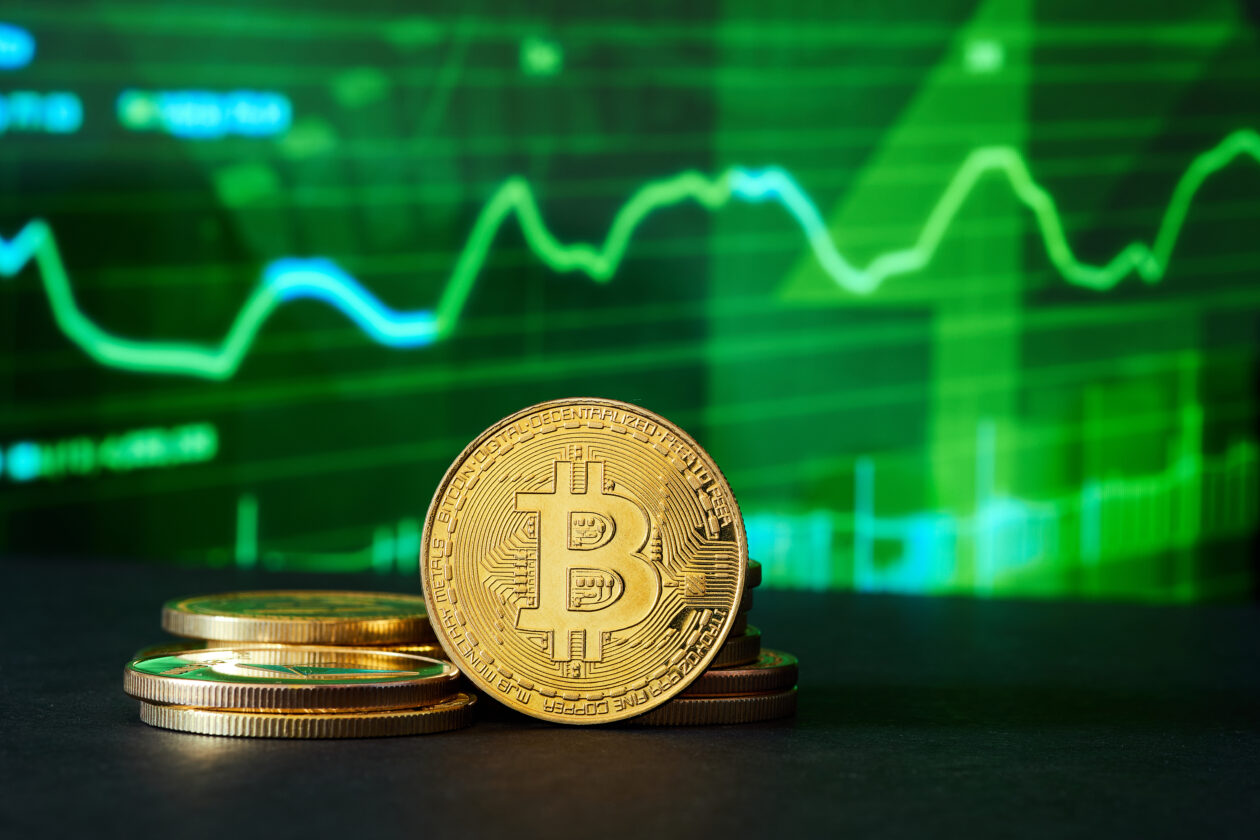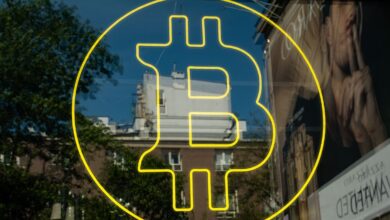
Bitcoin’s $85,000 Surge Institutional Involvement and Risks
Maintaining its position over the $85,000 mark, Bitcoin’s momentum from earlier this year has been sustained despite some analysts voicing worries about a possible overreaction to recent favourable market developments. Reflecting recent volatility, Bitcoin is trading somewhat above $84,000, according to the most current market statistics; however, it is still relatively robust.
This is a notable comeback from the 2023 lows and has once inspired investor hope for cryptocurrencies. Though there are rising worries about mistaken optimism fueled primarily by expectations that do not match underlying economic reality, not everyone is sure that the positive attitude is permanent.
Bitcoin Surge Explained
The U.S. Federal Reserve’s decision to maintain interest rates constant and indications implying that rate cuts may be imminent later in the year help to explain the recent increase in Bitcoin prices. These actions have piqued fresh interest in risk assets, including Bitcoin, which has long been considered an inflation hedge. After the Fed’s ruling, Bitcoin rallied significantly and momentarily crossed the $86,000 level—a 7.7% rise in just five days.

Like other risk-on assets, the bitcoin market responds powerfully to central bank policies, especially those affecting liquidity and market expectations. Bitcoin’s capacity to keep its value above $85,000 in the face of more general macroeconomic circumstances has inspired fresh optimism among investors. Meanwhile, some economists wonder if the fundamental economic forces behind this surge—rate cuts and inflation control—are as favourable as they first seem.
Institutional Bitcoin Involvement
Institutional investors’ involvement in cryptocurrency has been a crucial element behind Bitcoin’s price. rPrice Companies like MicroStrategy, which possesses roughly 500,000 BTC, continue to embrace Bitcoin aggression. The company’s CEO, Michael Saylor, has revealed that stock sales will bring in billions of dollars to help buy additional Bitcoin. However, MicroStrategy’s approach has drawn criticism since experts wonder whether the company’s concentration on Bitcoin could compromise the larger investment plan and diminish shareholder value.
Some financial organizations, meanwhile, still exercise. Union For instance, Jan Kubicek, a Czech National Bank board member, voiced doubts over the fit of Bitcoin as a reserve. Asset Kubicek noted that traditional central banks find it dangerous given the legal ambiguities around Bitcoin and its volatility. His caution captures the general resistance among central banks and financial organizations to accept Bitcoin as a mainstream asset despite increasing demand for digital currencies.
Bitcoin’s Economic Uncertainty
Although many see the movement as evidence of increasing institutional acceptability, experts warn that the enthusiasm around Bitcoin could be more founded on hope than on a reasonable economic foundation. Some have noted that the prevailing view that inflation would drop quickly opens the path for long-term Bitcoin expansion and could be unduly positive. Furthermore, troubling is the fact that a lot of this positive attitude is motivated by speculation, particularly considering that the Federal Reserve’s signals might not exactly coincide with what the larger economy will undergo in the following months.
Even if it is lower than past highs, inflation causes difficulties and has a far-away effect. d fix Analysts think anticipating macroeconomic situations that might not come true could be artificially raising the value of Bitcoin. Moreover, the volatility of Bitcoin reminds us that the market for the coin is far from steady; unexpected price swings are still at even more significant price levels.
Bitcoin’s Volatility Surge
The volatility of Bitcoin has lately surged and peaked six months ago. Although this is typical for a highly speculative asset, it emphasizes the inherent dangers of cryptocurrency investment. Cement long-term holders have shown extraordinary conviction in their investment despite this vol. Nonetheless, there is less. A sizable chunk of Bitcoin’s supply is still dormant, and many investors are reluctant to sell even with changes in the market. Since holders of Bitcoin are betting on its ultimate ascent to more general acceptance, this conduct is considered evidence of growing trust in its long-term potential.

Still, this increasing faith in Bitcoin as a store of value might be challenged should the general state of the economy change dramatically. Rising inflation and a possible economic downturn could cause more pressure on the price of Bitcoin. Global economic changes still significantly affect the value of cryptocurrencies; hence, any notable decline in conventional markets could also affect investor attitudes toward Bitcoin.
Final thoughts
Especially after significant macroeconomic changes, Bitcoin’s capacity to surpass the $85,000 mark shows its resilience and rising relevance in finance. On the durability of the price of the Crypto Market at these high levels, experts are still split none. Although Bitcoin’s ongoing expansion looks bright, investors must approach the market carefully. The fundamental economic situation could not fully justify the optimism driving the price of Bitcoin.
Macroeconomic policies, institutional actions, and market dynamics will probably shape Bitcoin’s course. Investors should thus be conscious of the inherent volatility and hazards and consider the long term while negotiating the erratic terrain of cryptocurrency investment.







